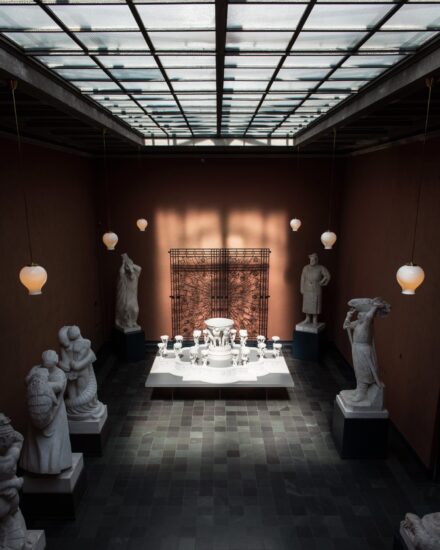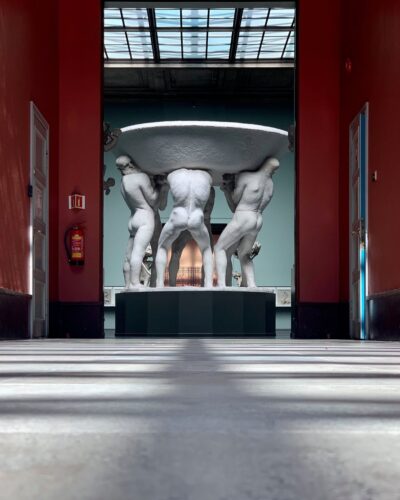Frogner Vigeland Park
Frogner Vigeland Park is the world’s largest sculpture park made by a single artist and is one of Norway’s most popular tourist attractions. It is located about 2 km from the Royal Palace to the northwest. The park is open to visitors all year round. The unique sculpture park is Gustav Vigeland‘s lifework with more than 200 sculptures in bronze, granite, and wrought iron. Vigeland was also in charge of the design and architectural layout of the park.
Frogner aka Vigeland Park was mainly completed between 1939 and 1949. Most of the sculptures are placed in five units along an 850-meter-long axis: The Main gate, the Bridge with the Children’s playground, the Fountain, the Monolith plateau, and the Wheel of Life in an area of 80 acres (320,000 m2). In the southern part of the park is the 18th-century Danish country house-style building of Frogner Manor which today houses the Oslo City Museum (Bymuseet).

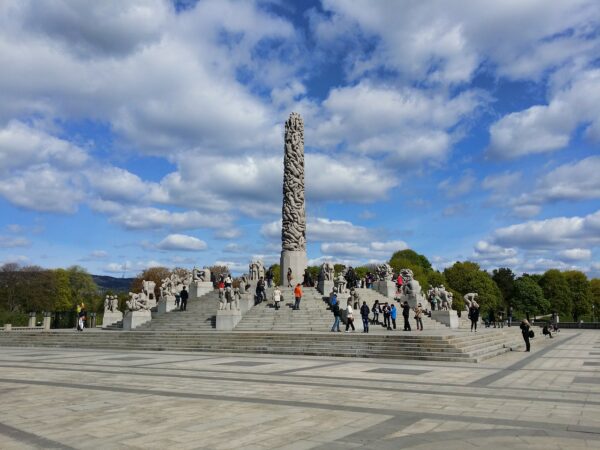
The museum holds a collection of about 1000 paintings and 6000 other works and is one of the largest and most important photo collections in Norway. The history of Oslo is illustrated by thematic exhibitions showing, among other things, the development of Oslo and the city’s cultural and commercial activities.
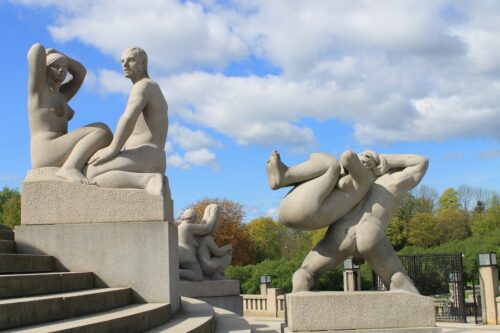
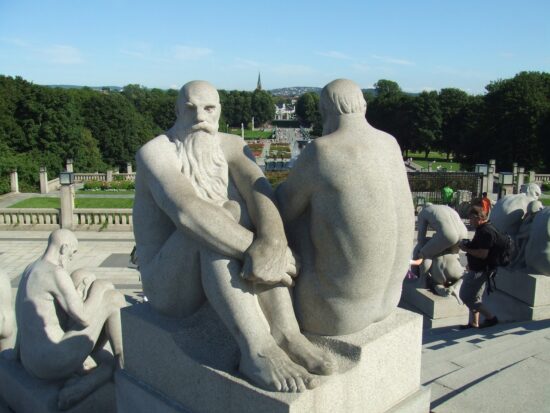
The most popular attraction in the park though is another museum on the other side of the big pond. The Vigeland Museum was constructed in 1921 by Oslo’s Municipality as Gustav Vigeland’s atelier after his agreement with the board to donate all his works to the city and turn the atelier into a museum after his death. In 1924 Vigeland moved into an apartment on the 2nd floor where he led an arduous life completely absorbed in his work, rarely seen outside the studio until he died in 1943.

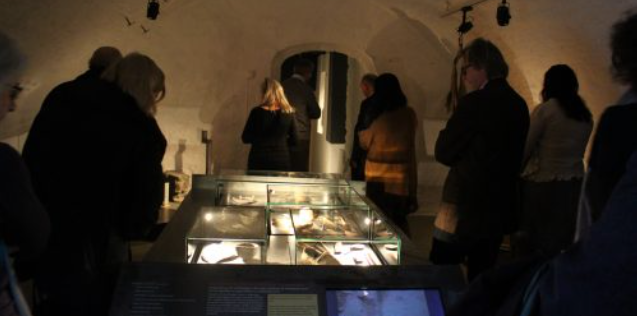
His studio was re-opened as a museum in 1947 and comprised approximately 1.600 sculptures, 12.000 drawings, and 420 woodcuts, in addition to a collection of the artist’s notebooks, several thousand letters, and his large library and collection of photographs. In addition to this, the Museum’s ambition is to be the most interesting venue for presenting art within the three-dimensional field.
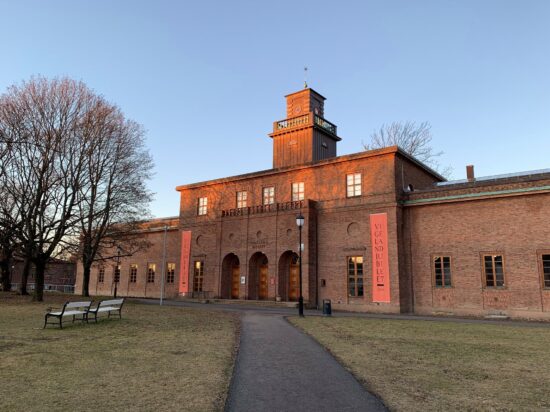
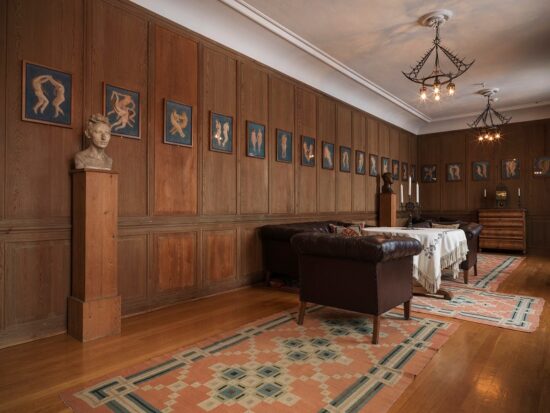
Since starting with temporary exhibitions on contemporary and modern art, the Museum has, over the recent years, become more focused on this specific kind of art, i.e. sculpture and installation, and video-based art. The Museum emphasizes presenting a variety of these artistic expressions and striving to keep it on a high qualitative level. More

